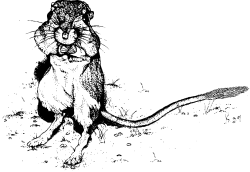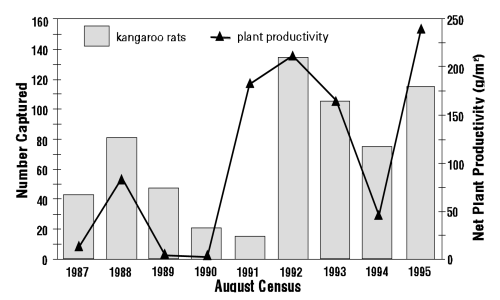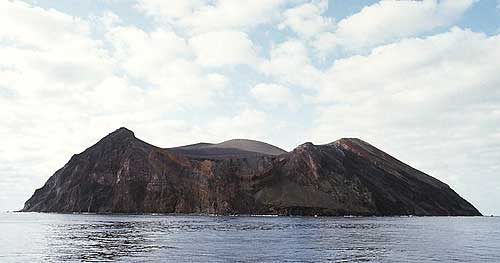The Gulf of Maine Distinct Population segment of the Atlantic Salmon(Salmo Salar)
By Eduard Troshin
The Atlantic Salmon (salmo salar) reproduces in coastal rivers along Iceland, Europe, Russia, the East coast of Canada and America. The fish is anadromous, meaning it spends a part of its life in fresh water and another in the ocean. The Atlantic Salmon typically spends 2-3 years in fresh water growing in rivers with coarse gravel and moving water. The Salmon then undergoes a change called smoltification which changes its bodily functions to handle living in the ocean. It travels downstream to the ocean where it will spend 2-3 years in the ocean, migrating from local waters to the east coast of Greenland. The Salmon will remain in the ocean for two years until it returns to the river in which it was born to breed during the months of May to October. The fish typically ranges from 14-18 cm in the early stages of life. When the Salmon travels to the ocean, it is typically 50-60 cm and 1-2 kg. An adult Salmon returning upstream after 2-3 years in the ocean is 70-80 cm and 3.5 -4.5 kg. The Distinct population along the coast of Maine is the focus of the Recovery plan.
Geographic & Population Changes
The distinct population along the coast of Maine has experienced a gradual reduction in adult salmon returns since documenting began in 1967 demonstrated by the results found in the Narraguagus River. Most major rivers are believed to have similar and lower results. Since documentation began, development has continued along the 8 main rivers containing the Atlantic Salmon has continued resulting in pollution and overall habitat degradation. Commercial fishing has increased since results began being monitored. The increased used of sonar and large nets in open waters has only brought the return rate down. The return rate at the time the recovery plan was created was 1/5th of every salmon returning.
Date & Type of listing
The Atlantic Salmon was listed as endangered December 17,2000 due to critically low returns and the severly depleted status of the fish stocks (Recovery plan pg.v)
Cause of Listing & Continued Threats
The reasons for listing are as follows:
Critically low returns
Low survival for stocks
Habitat degradation (water quality)
Greenland commercial fishing
Disease (infectious salmon aneia ISA & salmon swimbladder sarcoma)
Predatation by introduced exotic species
The combination of the many threats to Atlantic Salmon resulted in the listing.
Description of Recovery Plan
The recovery plan intends to perpetuate Atlantic Salmon in the 8 major rivers along the coast of Maine and or return the replacement rate above 1. The environment must be restored and awareness promoted of the risk and value of the Atlantic Salmon. Reductions are necessary in poaching along estuaries and predatation. Wild fish stocks will be supplemented with hatchery reared salmon. While doing so, genetic integrity must be maintained. As the plan is implemented, fish stocks will be assessed as will the overall effectiveness of the plan.
The 8 rivers impacted by the recovery plan are Denmys, East Machias, Machias, Pleasant, Narraguagus, Duck Trap, Scheapscot, and Cove brook.
The 8 rivers impacted by the recovery plan are Denmys, East Machias, Machias, Pleasant, Narraguagus, Duck Trap, Scheapscot, and Cove brook.
Sources
http://ecos.fws.gov/docs/recovery_plan/060407.pdf
All images are courtesy of the US fish and Wildlife service
All images found in the recovery plan for the Atlantic Salmon

































.jpg)





